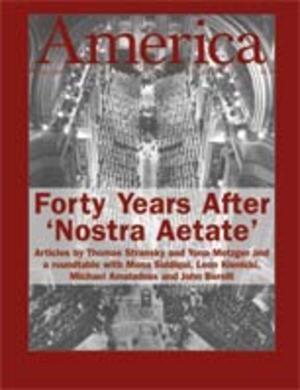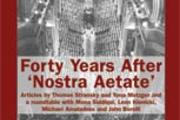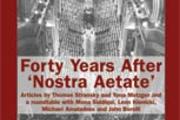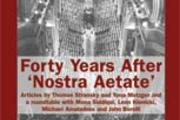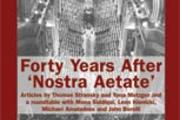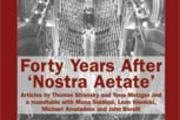I have often wondered about the long-range value of writing, whether books or articles. It is certainly true that some novels and non-fiction works have shaped my own life, as I was recently reminded when a community of graduate students and professors traded the titles of books that were transforma
For the Catholic Church in India, Nostra Aetate came more as an encouragement than as a new beginning. In the 19th century, Hindus like Keshub Chandra Sen looked on Jesus as a guru who inspired them to reform their own religious tradition. One of them who became Christian, Brahmabandab Upadhyaya, th
A well-known Jewish parable tells the story of a young man who was hiking on a journey. It was common at that time to follow signposts, which displayed the names of various destinations and pointed in different directions. At one particular crossroads on his way, the young man found the signpost had
The Latin words nostra aetate mean “in our time,” a fitting opening phrase for the declaration promulgated by the Second Vatican Council in 1965 that has truly transformed our time. In Nostra Aetate the Catholic Church accepted that those of different faith communities, the “others
The Catholic Church is unique in having a magisterium, a hierarchical structure through which declarations on teachings can come formally from “the center.” This, however, raises the question of who exactly is being addressed in those declarations that are reaching out to other faiths. I
The final volume of the History of Vatican II series (Orbis 1995-2005) presents Nostra Aetate as “the outcome of one of John XXIII’s original insights.” Ever since the idea for that declaration originated as a request in 1960 to reformulate Christian teaching, preaching and cateche
A subway ride marks the beginning of my work days at America, and given the diversity of the nearly four million passengers who use New York City’s subway system each day, it offers an ever-varying picture of humanity. For commuters like me, the actual ride does not begin on the subway car its

